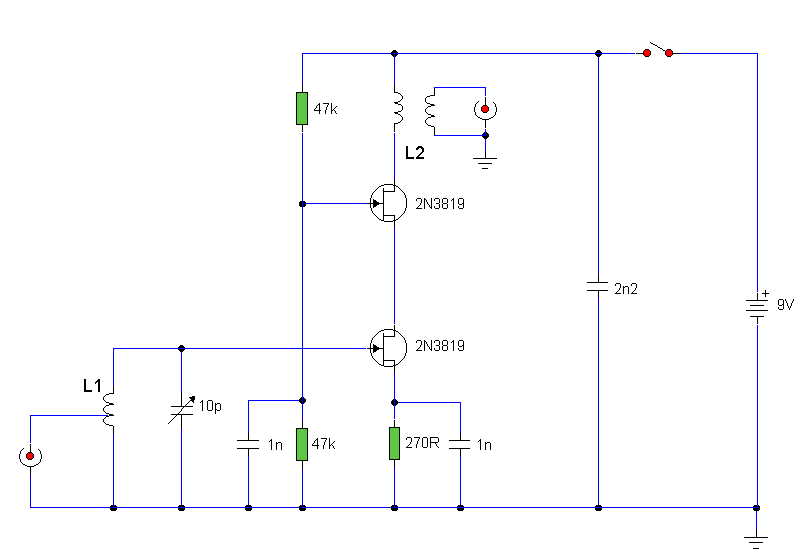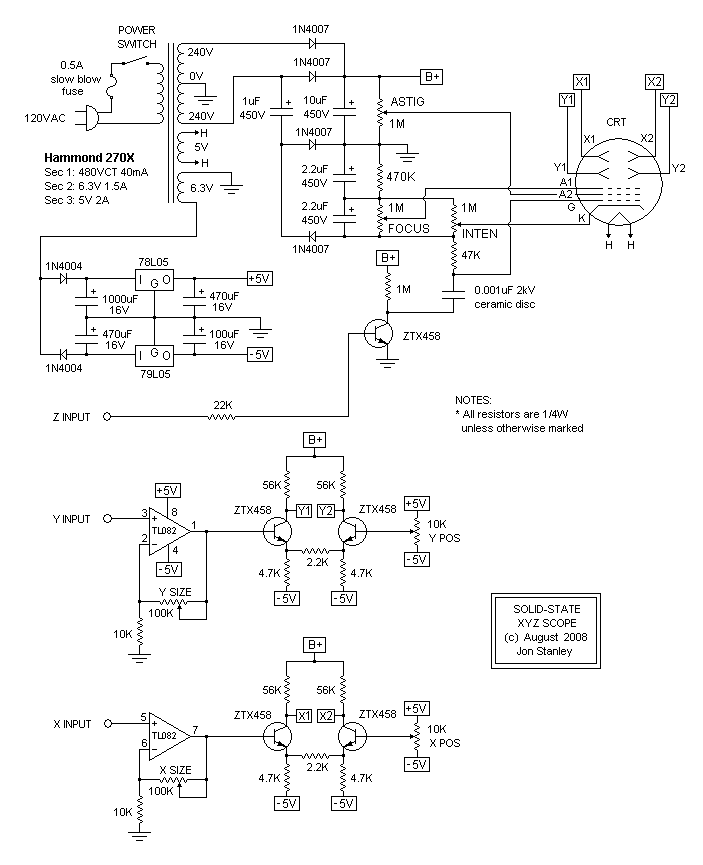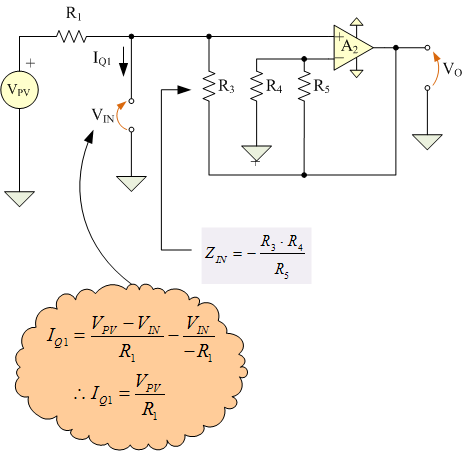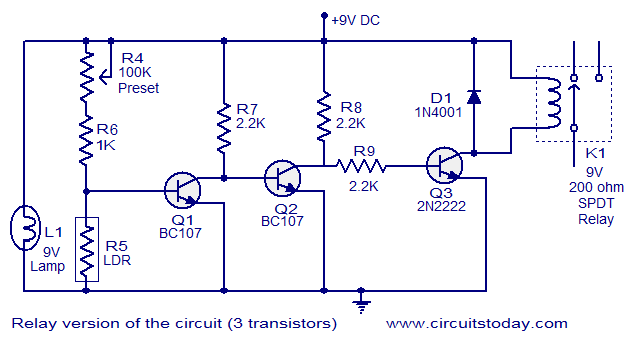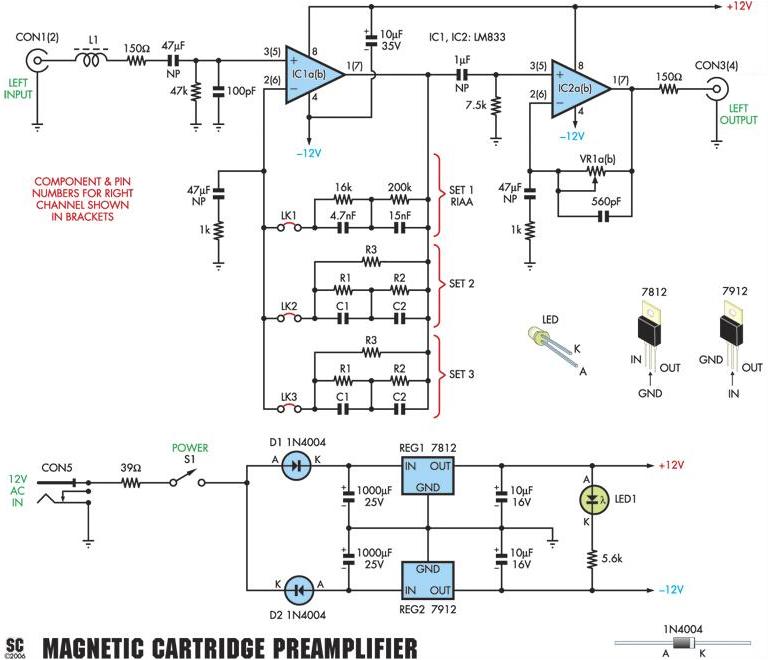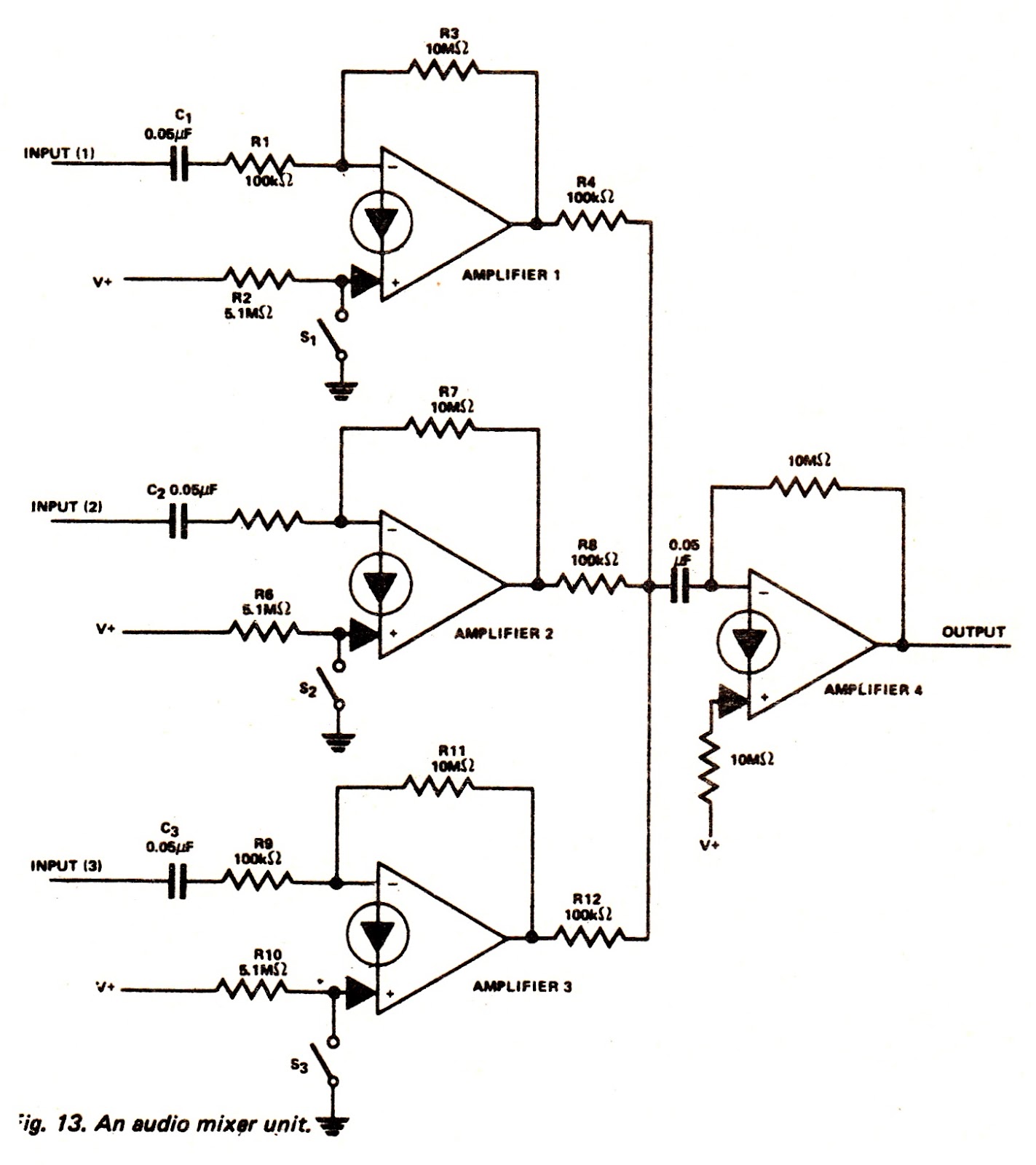
Simple MD Catridge Preamplifier
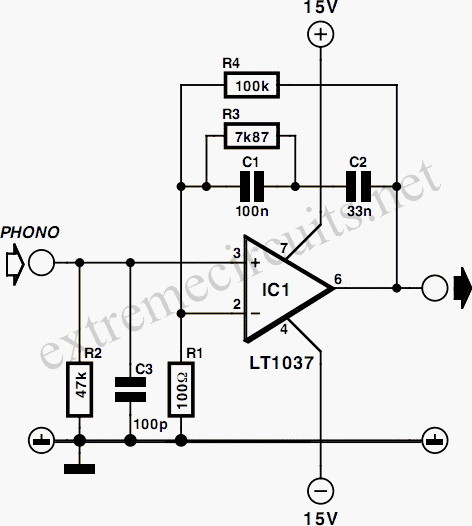
Phonographs are becoming increasingly rare as they are being replaced by more advanced audio systems such as CD players, recorders, and portable MiniDisc player/recorders. This shift is acknowledged by audio equipment manufacturers, leading to the omission of traditional phono inputs in many systems. Audiophiles aiming to digitize their phonograph record collections onto CD or MiniDisc often find it challenging to connect their phonographs to modern systems. However, with a minimal amount of circuitry, it is feasible to modify the line input of contemporary amplifiers or recorders to accommodate the low-level signals produced by the magnetodynamic cartridges found in phonographs. This circuit must also implement the standard RIAA equalization required for these cartridges. The preamplifier design presented utilizes a single operational amplifier, four resistors, and four capacitors. For a stereo configuration, two sets of the components would be necessary. A stabilized power supply capable of providing ±15V can be utilized as the power source.
The circuit in question is a compact phono preamplifier that allows the connection of a phonograph to modern audio systems lacking a dedicated phono input. The design employs a single operational amplifier (op-amp) configured in a non-inverting amplifier setup to amplify the weak output signal from the phonograph's magnetodynamic cartridge. The four resistors are strategically arranged to set the gain of the circuit and to implement the necessary RIAA equalization, which compensates for the frequency response characteristics of vinyl records. The equalization curve is critical, as it ensures that the playback sound matches the original recording as intended.
The four capacitors in the circuit serve dual purposes: they help filter out unwanted noise and stabilize the frequency response across the audio spectrum. The choice of components, particularly the op-amp, should focus on low noise and high bandwidth to preserve audio fidelity. For stereo applications, the circuit can be duplicated, requiring two op-amps, eight resistors, and eight capacitors, allowing simultaneous processing of left and right audio channels.
The power supply requirement of ±15V ensures that the op-amp operates within its optimal range, providing sufficient headroom for the audio signals without distortion. It is advisable to use a regulated power supply to minimize noise and fluctuations that could adversely affect audio quality.
Overall, this phono preamplifier circuit provides a practical solution for audiophiles and enthusiasts who wish to integrate their vintage phonograph systems with modern digital recording equipment, thereby preserving their audio collections for future use.Phonographs are gradually becoming a rarity. Most of them have had to yield to more advanced systems, such as CD players and recorders or (portable) MiniDisc player/recorders. This trend is recognized by manufacturers of audio installations, which means that the traditional phono input is missing on increasingly more systems.
Hi- enthusiasts wh o want make digital versions of their existing collections of phonograph records on a CD or MD, discover that it is no longer possible to connect a phonograph to the system. However, with a limited amount of circuitry, it is possible to adapt the line input of a modern amplifier or recorder so that it can handle the low-level signals generated by the magnetodynamic cartridge of a phonograph.
Of course, the circuit has to provide the well-known RIAA correction that must be used with these cartridges. The preamplifier shown here performs the job using only one opamp, four resistors and four capacitors.
For a stereo version, you will naturally need two of everything. Any stabilized power supply that can deliver ±15V can be used as a power source. 🔗 External reference
The circuit in question is a compact phono preamplifier that allows the connection of a phonograph to modern audio systems lacking a dedicated phono input. The design employs a single operational amplifier (op-amp) configured in a non-inverting amplifier setup to amplify the weak output signal from the phonograph's magnetodynamic cartridge. The four resistors are strategically arranged to set the gain of the circuit and to implement the necessary RIAA equalization, which compensates for the frequency response characteristics of vinyl records. The equalization curve is critical, as it ensures that the playback sound matches the original recording as intended.
The four capacitors in the circuit serve dual purposes: they help filter out unwanted noise and stabilize the frequency response across the audio spectrum. The choice of components, particularly the op-amp, should focus on low noise and high bandwidth to preserve audio fidelity. For stereo applications, the circuit can be duplicated, requiring two op-amps, eight resistors, and eight capacitors, allowing simultaneous processing of left and right audio channels.
The power supply requirement of ±15V ensures that the op-amp operates within its optimal range, providing sufficient headroom for the audio signals without distortion. It is advisable to use a regulated power supply to minimize noise and fluctuations that could adversely affect audio quality.
Overall, this phono preamplifier circuit provides a practical solution for audiophiles and enthusiasts who wish to integrate their vintage phonograph systems with modern digital recording equipment, thereby preserving their audio collections for future use.Phonographs are gradually becoming a rarity. Most of them have had to yield to more advanced systems, such as CD players and recorders or (portable) MiniDisc player/recorders. This trend is recognized by manufacturers of audio installations, which means that the traditional phono input is missing on increasingly more systems.
Hi- enthusiasts wh o want make digital versions of their existing collections of phonograph records on a CD or MD, discover that it is no longer possible to connect a phonograph to the system. However, with a limited amount of circuitry, it is possible to adapt the line input of a modern amplifier or recorder so that it can handle the low-level signals generated by the magnetodynamic cartridge of a phonograph.
Of course, the circuit has to provide the well-known RIAA correction that must be used with these cartridges. The preamplifier shown here performs the job using only one opamp, four resistors and four capacitors.
For a stereo version, you will naturally need two of everything. Any stabilized power supply that can deliver ±15V can be used as a power source. 🔗 External reference
